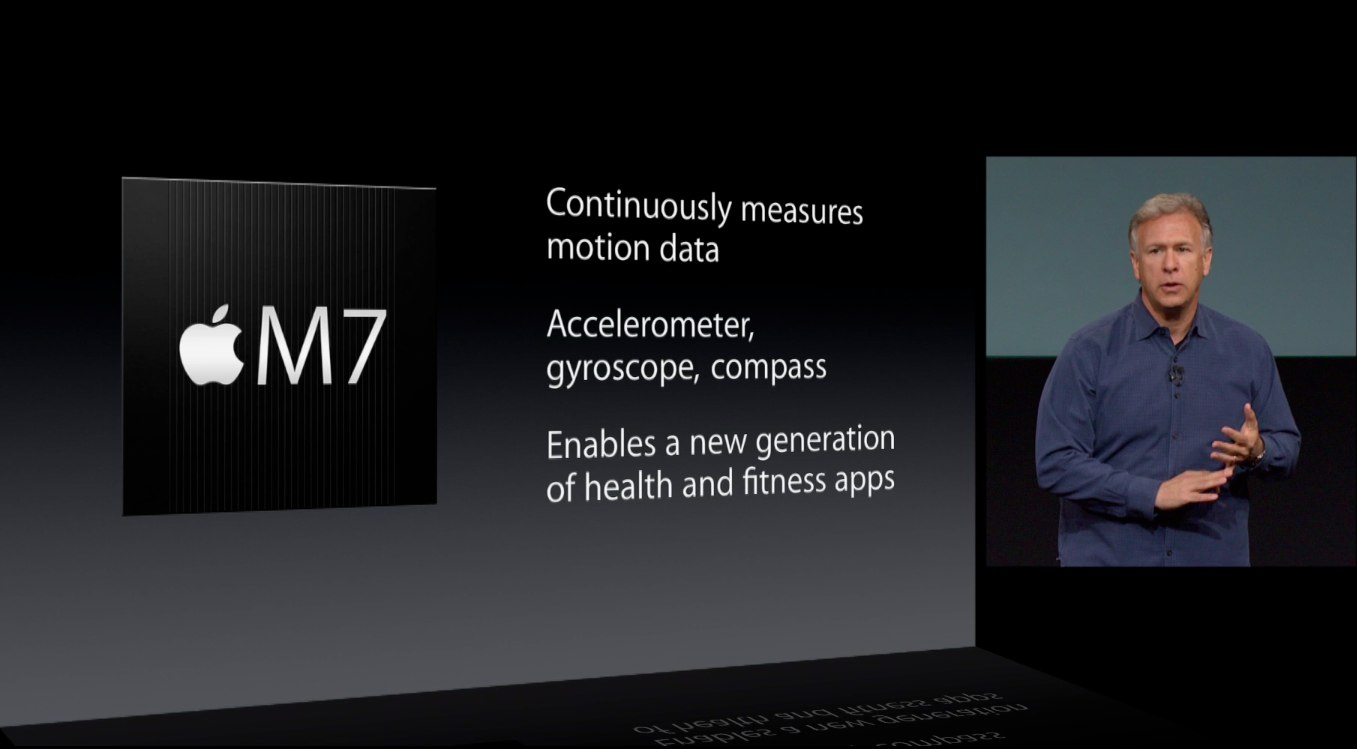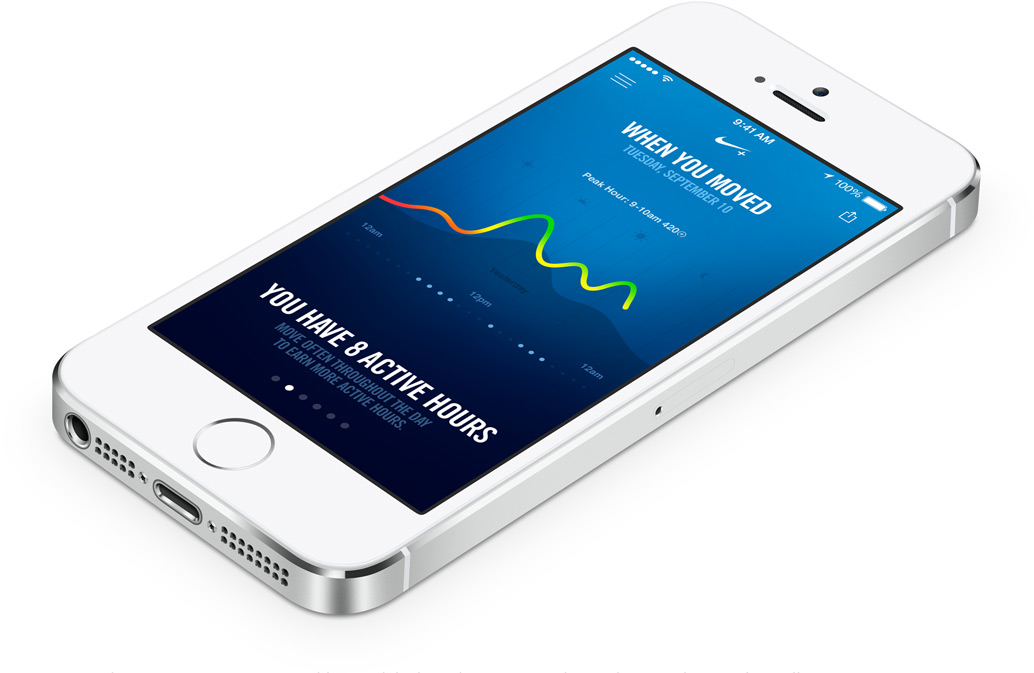Apple’s iOS 7 software includes a new privacy section nested inside the Settings application. It exists to explicitly cater to next-gen fitness apps specifically designed with Apple’s new M7 chip in mind. As you know, the M7 motion coprocessor is iPhone 5s-exclusive (actually a rebranded NXP LPC18A1 chip – that’s the power of marketing to you)…
The new chip helps save power by measuring motion data from the handset’s accelerometer, gyroscope and compass sensors. If handled by the main A7 processor, these tasks would draw six times the power. Apple’s iOS 7 Maps app on the iPhone 5s uses motion data to automatically switch from driving to walking turn-by-turn navigation.
Your iPhone will also poll M7 to reduce Wi-Fi pinging if it hasn’t moved for a while – again, to improve battery performance.
This is what Motion Activity in iOS 7 Settings > Privacy looks like, right below.
Because it’s in Settings > Privacy, you’ll be approving motion activity access on a per-app basis, akin to how third-party apps must ask for user permission to access your contacts, photos, Bluetooth, microphone and more.
Note you’ll only see this on an iPhone 5s.
According to Apple, the M7 knows when you’re walking, running or even driving without constantly engaging the A7. The motion coprocessor can log this data day in, day out – even when your iPhone is locked and not in use.
For example, Maps switches from driving to walking turn-by-turn navigation if, say, you park and continue on foot. And if your phone hasn’t moved for a while, like when you’re asleep, M7 reduces network pinging to spare your battery.
Upon waking the device up, your motion data is passed to an app that may have been inactive all this time. This is all handled via the new classes in the iOS 7 CoreMotion API (which has been around since iOS 4.0) that specifically tap the M7 to identify user movement and offer “optimizations based on contextual awareness”.
Apple’s press release reads:
The M7 motion coprocessor continuously measures your motion data, even when the device is asleep, and saves battery life for pedometer or other fitness apps that use the accelerometer all day.
Company executives said the CoreMotion API + M7 combo will do wonders for health and fitness apps, normally one of the biggest power drains on the App Store. In fact, Apple executives during the keynote briefly showed us screenies taken from an upcoming Nike fitness software (depicted above) that uses the M7 chip.
Get active, stay active with the Nike+ Move app, an introductory experience to NikeFuel made to move with the iPhone 5S. Coming soon.
— NikeFuel (@NikeFuel) September 10, 2013
The app’s called Nike Move but don’t look for it on the App Store yet: small print at the bottom of Apple’s iPhone 5s web page says Nike+ Move “will be available later this year on the App Store”.



